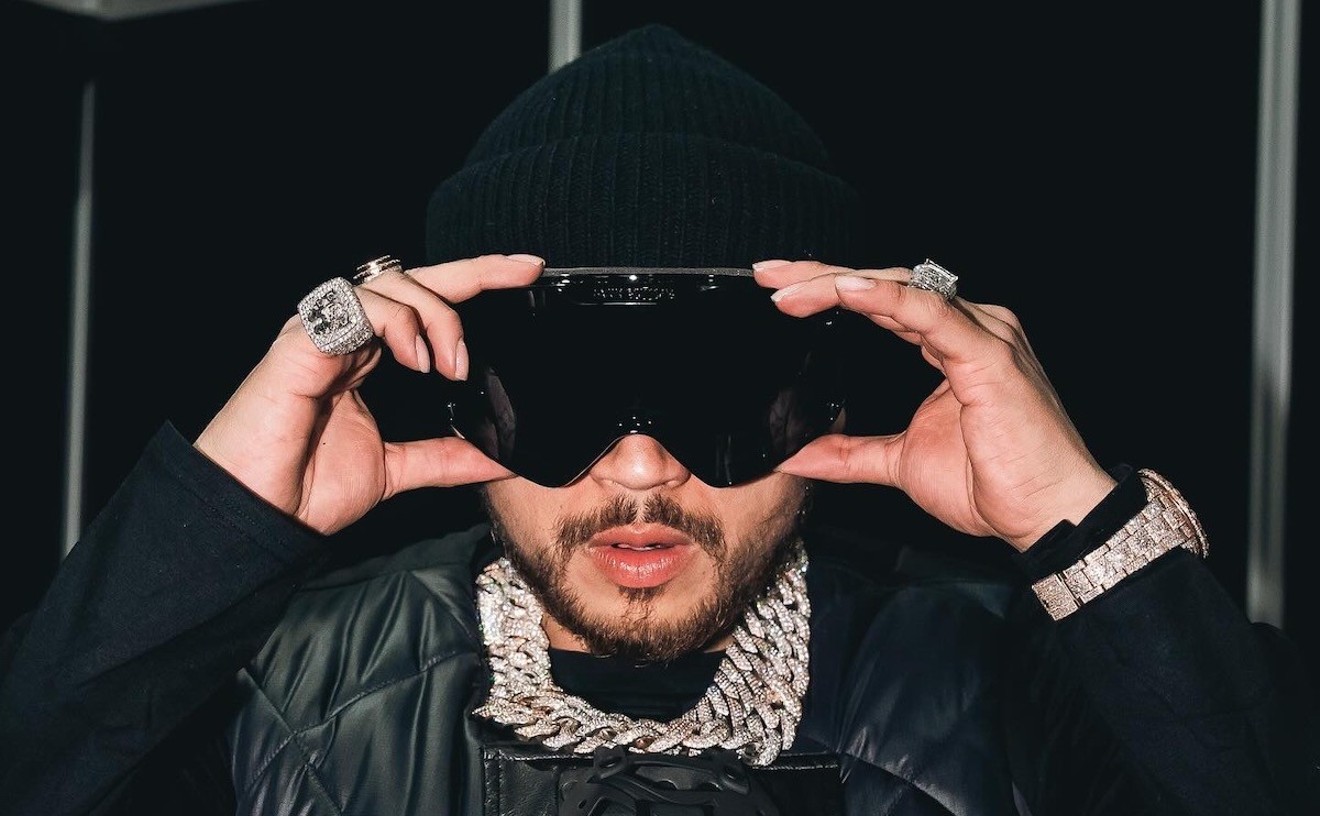To the north looms the ultramodern Palace of Justice, a maximum-security reminder of the violent civil war now four decades old and counting. In 1986 the leftist guerrillas M-19 took over the building, holding the supreme court justices and more than 100 other people hostage. Armed forces bombed the original building, annihilating not only the guerrillas but the independent judiciary as well. As the relentless struggle among guerrillas, paramilitaries, and the army threatens to escalate after the United States kicked in $1.8 billion to the $7.3 billion military and economic package known as Plan Colombia, the young people of Bogotá put together their own plan. A nation of metalheads let off steam, thrusting their fists in the air and screaming along with hardcore rockers Ultrágeno: "¡Sí, somos un ejército!" (Yes, we are an army!)
Since 1995 the mayor of this city of eight million has sponsored Rock al Parque, Latin America's largest music festival. Musicians Mario Duarte and Julio Correal proposed the idea to then-mayor Antanas Mockus, who inaugurated the event at the Plaza de Toros with more than 50,000 attendees. The crowd doubled the following year, attracted by 180 bands. By 1997 Rock al Parque had hit capacity in the capital plaza, drawing 200,000 roquero fans and 300 bands. When a new mayor threatened to cancel the 1998 festival, 70,000 fans signed a petition that saved it. "Rock al Parque isn't just three days of rock 'n' roll," explains Rodolfo Blanco, a festival producer contracted by the mayor's office. "It is also a project developed uniquely for Latin America, fomenting tolerance and coexistence among the urban population. It is an artistic urban festival where there is a strong feeling of belonging, discovery, and recognition for our young adults on behalf of the city."
The crowd's rejection of all but the heaviest of metal bands suggests that the festival does not so much foster tolerance as produce catharsis for a generation disenfranchised by war, unemployment, and escalating crime. Surveying the scene from the press booth, Manuel, a 24-year-old Medellín native, observed, "This is a major way for people to get their aggression out." Watching as the mob tossed about the body of an unconscious man before sending him over the gate for medical care, he added, "They actually bond that way. You can feel safe here."
Although Aterciopelados, arguably Colombia's best-known band internationally, has played an important role in promoting Rock al Parque throughout the years, its trip-hop neofolk was out of place on the festival's metal bill. "Some people are super cold," admits singer Andrea Echeverri, "but playing our style of music is a way of saying all types are equally valuable. I think Latino rock's fusion of sounds is what makes it so unique."
Lesser-known nonmetal acts faced a much tougher crowd that flipped off the more sensitive musicians and pegged them with a hail of pesos. Concertgoer Lorena, a 16-year-old, blue-eyed, blond-haired, middle-class high schooler expressed the prevailing sentiment: "Oh, yeah, this year is the worst year because it's not all heavy metal." The teenager was appalled by the inclusion of upbeat funksters Los Amigos Invisibles from Venezuela and kitschy electronicists Plastilina Mosh from Mexico. "That's a disgrace," she complained. "All my friends love heavy metal because [those bands] are really saying something."
Among the casualties was upbeat Argentine ska outfit Las Moscas de Tse Tse (the Tsetse Flies). Oblivious to the obscenities being shouted all around them, a trio of typical Moscas fans stood directly in front of the stage, wearing glitter makeup, retro eyeglasses, and short pigtails clipped with plastic barrettes. Despite the band's cheery bounce, nobody else danced. Unable to please the crowd, lead singer Guillermo Novellis joined them, pretending to choke guitarist Walter Cortagerena and egging the mob on with a raised middle finger.
La Sarita, from Peru, went on the offensive. Frontman Julio Perez Luyo wore denim Daisy Dukes, a tight halter top, and a long, bright red goatee, a look that incited a homophobic onslaught. Wielding a butcher knife, he pretended to slit his own throat and dismember his genitals while the crowd jeered, "Maricón!" (Fag!) He played fey on the microphone, taunting, "Ay, but at least I have a band." Fighting back, Perez Luyo donned a mask of Fidel Castro and strutted across the stage, chanting: "Tengo todo el poder" (I have all the power).
Even the headliner for the weekend, French-born cult-favorite Manu Chao, had doubts about his potential reception. At a preperformance press conference, he confessed, "We're preparing for the concert the same as we have prepared for others: by sharing ourselves on a personal level. We'll see what happens. Maybe they'll throw bottles at us, or maybe we'll still be playing at six in the morning. I don't know, but that's the good thing about it."
Coming fast on the steel-enforced heels of Ultrágeno and Argentina's harsh Los Pericos, the reggae and folklore-influenced Chao drank in the love spurred by his extensive touring and songwriting in Colombia over the years. He played songs from his eclectic career -- from the thinking alternative band Mano Negra, to his celebrated solo debut Clandestino, to his not-yet-released current project. Still, the innovator took no chance; he spun off from his deep-throated "Welcome to Tijuana" to stoke the crowd with a five-minute chant of the word marijuana. Perhaps calmed by the mild hallucinogen, even the hardest cases cheered along as Chao closed with the title track from the new disc, Próxima Estación: Esperanza (Next Stop: Hope). Letting that sentiment linger in the air, he stayed behind after his musicians left the stage. Soaring through the thin air, the civil war, and the no longer thrashing bodies, he let loose that short word so often heard but rarely heeded in Colombia: paz (peace).










